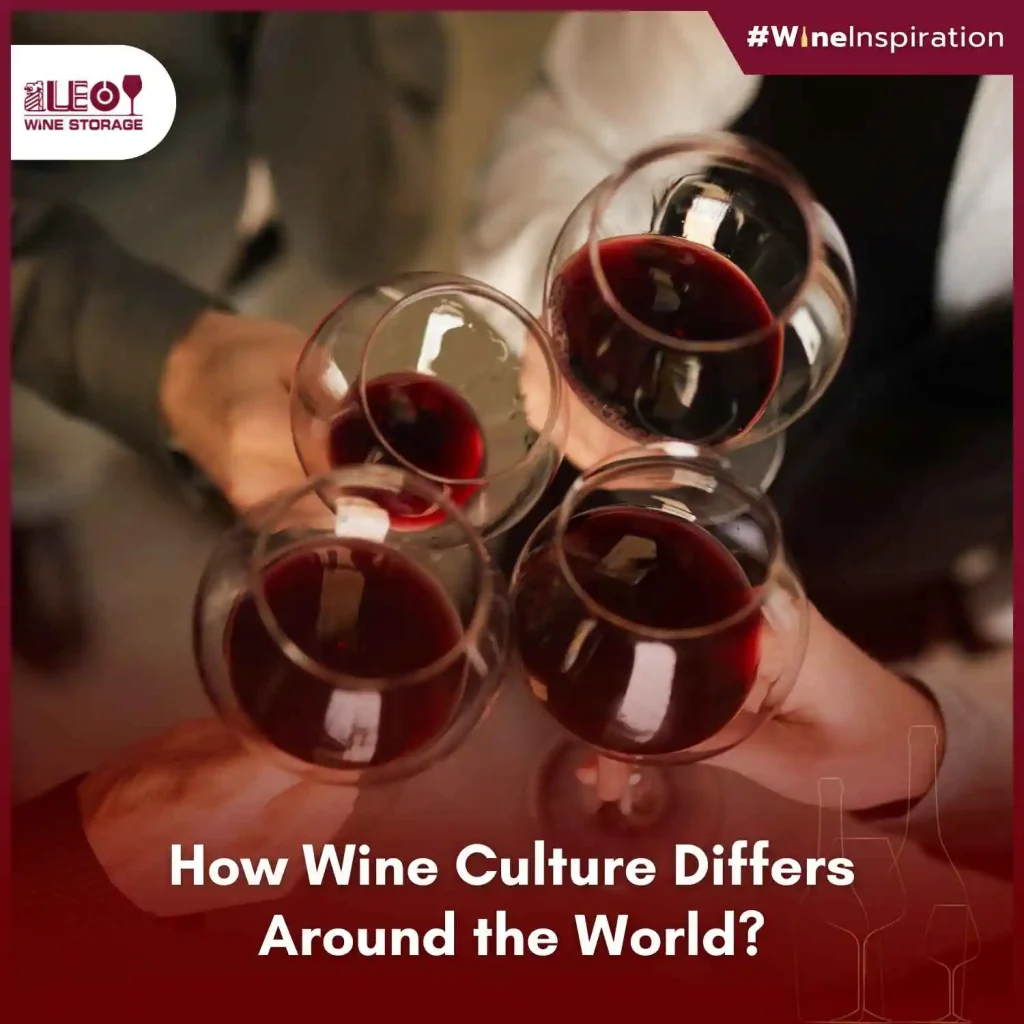Wine has a rich history and is deeply embedded in the cultures of many countries across Europe, the Americas, and Asia. Each country has its own unique traditions, customs, and preferences when it comes to wine consumption. Understanding these cultural differences provides fascinating insight into how wine is enjoyed and appreciated worldwide.
France: The Art of Wine
France is renowned for its world-class wines, and drinking wine is an integral part of daily life. Here, wine is not merely a beverage—it is an art form, deeply connected to food and culture. Wine pairing is taken very seriously, with each region producing distinct and prestigious wines such as Bordeaux, Burgundy, and Champagne. The appreciation of terroir (the influence of climate, soil, and geography) is a key aspect of French wine culture.
Italy: Wine and Family Meals
In Italy, wine is an essential part of family meals. Italians enjoy wine with almost every meal, whether it’s red or white, as it enhances the flavors of their cuisine. Italy is home to an incredibly diverse range of wines, with each region cultivating unique grape varieties. Tuscany and Piedmont are particularly famous for producing world-class wines like Chianti and Barolo.
Spain: Wine as a Social Tradition
Spain boasts vast vineyards and a relaxed wine-drinking culture. Popular Spanish wines include Rioja and Ribera del Duero, often enjoyed alongside tapas in a casual, social setting. In Spain, wine is not just about drinking—it is about coming together with friends and family. This reflects the country’s vibrant, community-driven approach to wine consumption.
United States: Innovation and Diversity
Although the U.S. lacks the centuries-old wine traditions of Europe, it has rapidly become a global wine powerhouse. California’s Napa Valley and Sonoma are leading wine regions known for high-quality production. American wine culture is innovative and diverse, with a growing interest in organic wines and unique grape varieties. Wine consumption in the U.S. is often linked to social events, wine festivals, and creative new styles of winemaking.
Japan: Blending Wine with Tradition
Japan is traditionally known for sake, but in recent decades, wine has gained significant popularity. The Japanese appreciation for delicate flavors and precise craftsmanship extends to wine, making it a common pairing with sushi, Wagyu beef, and other Japanese cuisine. Japan also produces its own wines, particularly from the Koshu grape, which has received international recognition for its light and refined profile.
A Global Perspective on Wine Culture
Each country’s wine culture is shaped by geography, history, and local preferences. While traditions vary, wine remains a universal symbol of celebration, craftsmanship, and social connection. Whether in a French vineyard, an Italian family dinner, a Spanish tapas bar, a Napa Valley wine tasting, or a Japanese fine dining experience, wine continues to bring people together around the world.

